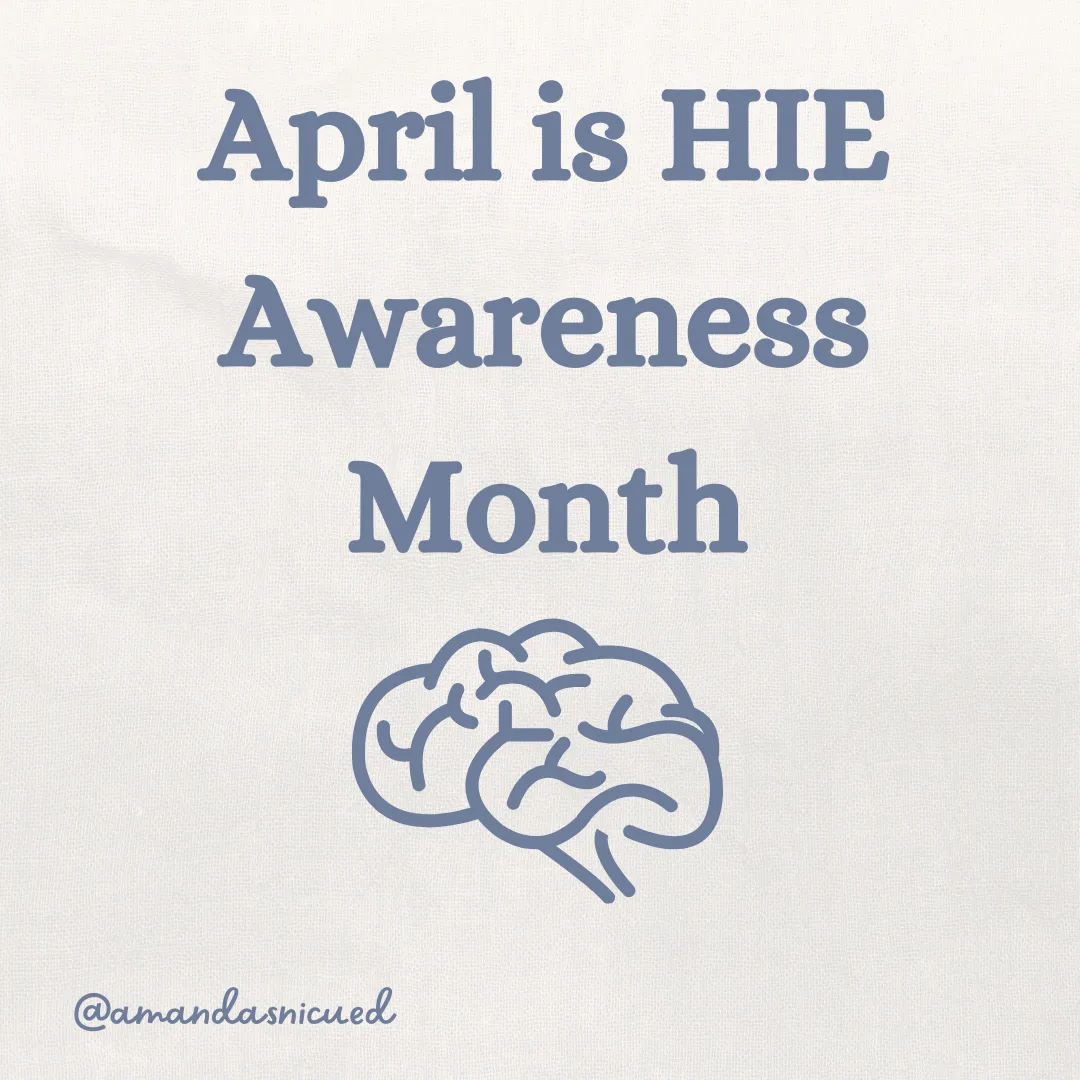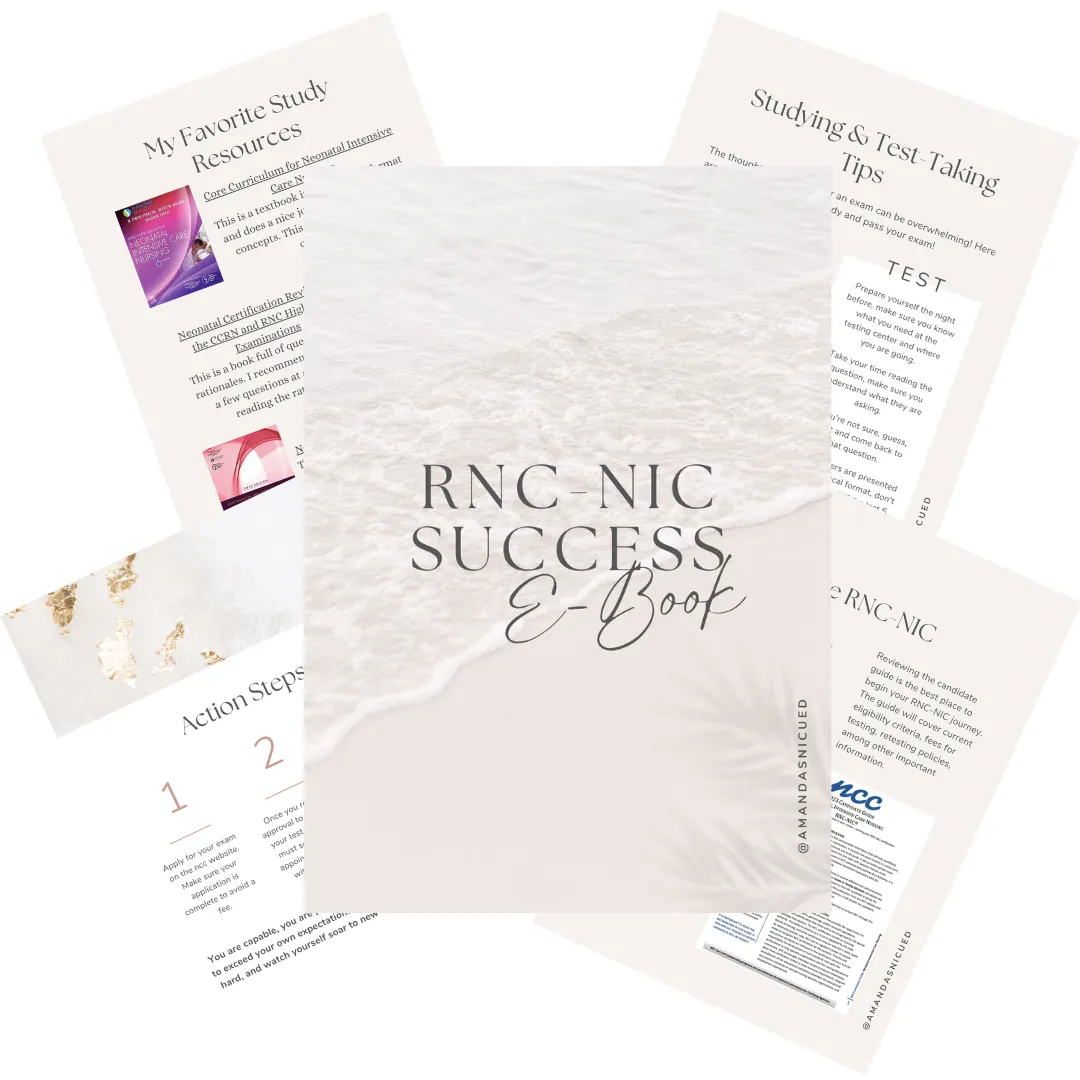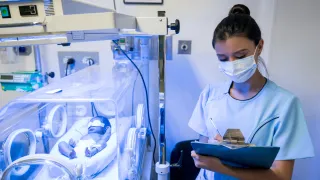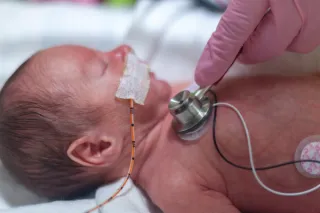
Welcome to Amanda's NICU Education




Hi! My name is Amanda. I'm a NICU nurse, Clinical Nurse Specialist, NICU Educator... basically your NICU BFF. If you want to talk NICU, I'm here for you! I love everything about NICU nursing and I'm eager to learn and share my knowledge with all my NICU friends.
I have been a NICU nurse since 2009 I am currently a Clinical Nurse Specialist in a Level IV NICU in Los Angeles.
I am passionate about educating the next generation of NICU nurses. I share my knowledge through platforms such as Instagram and Facebook and am excited to have you here on my website!
Click on the button below to sign up for my newsletter filled with NICU education and tips for all experience levels.

Not very many people love taking tests but as a self-acclaimed "forever student" who has taken (and passed) five different certification exams I am no longer afraid of tests! "Way to brag", you might be thinking but I want to help YOU pass your certification exam too!
Introducing Amanda's RNC-NIC Success digital course - your ultimate study companion!
Gain unlimited, on-demand access for life, ensuring you're primed to ace your certification exam.
I'm here to help you succeed and I can't wait for you to share with me that you PASSED the RNC-NIC EXAM!!!










Hypoxic Ischemic Encephalopathy
HIE isn't just brain injury—it's "hypoxic ischemic everything!" Every organ system is affected!
April is HIE Awareness Month!
🧠 What is HIE?
April is HIE Awareness Month, and this week we are talking all about one of the most critical and complex conditions we encounter in the NICU—Hypoxic Ischemic Encephalopathy (HIE).
HIE is a type of brain injury caused by a lack of oxygen (hypoxia) and reduced blood flow (ischemia) to a baby's brain. While it most commonly occurs during the perinatal period, HIE can happen at any point in life. Understanding the pathophysiology, treatment strategies, and evolving nature of this condition is essential to providing high-quality, neuroprotective care.

⚠️ Why Does HIE Happen?
While we often associate HIE with complications during delivery, it can occur at any point in life. Current research suggests that a significant portion of cases have no identifiable intrapartum cause and may be related to antepartum factors. Known contributors include:
Maternal conditions: preeclampsia, HELLP syndrome, maternal diabetes, thyroid disorders
Acute events: uterine rupture, cord prolapse, placental abruption, maternal cardiac arrest
Delivery complications: shoulder dystocia, prolonged fetal heart rate decelerations, difficult instrumental delivery
Ultimately, HIE results from impaired fetal gas exchange, hypoxemia, and cerebral ischemia, leading to disruption of cerebral energy metabolism.
🔄 The Evolving Injury: Phases of HIE
HIE is not a one-time event—it unfolds in phases:
1. Primary Energy Failure The initial asphyxia event reduces oxygen and glucose to the brain. Cells switch to anaerobic metabolism, leading to:
ATP depletion
Intracellular flooding of sodium, water, & calcium
Cellular swelling and necrotic cell death
Release of excitatory amino acids (especially glutamate) and inflammatory markers
2. Latent Phase (0–6 hours post-resuscitation) This brief window shows partial clinical improvement, but the injury is still progressing on a cellular level. This is the crucial window for initiating therapeutic hypothermia.
3. Secondary Energy Failure (6–72 hours) The most damaging phase, with increased excitotoxicity, oxidative stress, mitochondrial failure, and delayed neuronal death via apoptosis.
4. Tertiary Phase (days to years later) Characterized by persistent inflammation, altered epigenetics, impaired oligodendrocyte maturation, and abnormal neuronal circuit development influencing long-term outcomes.
🧊 Therapeutic Hypothermia: The Gold Standard
Initiating cooling within 6 hours after birth is key. Therapeutic hypothermia slows metabolism, reduces glutamate release, and decreases free radical production. Multiple randomized controlled trials have shown that:
Moderate hypothermia (33-34°C) for 72 hours
Started within 6 hours of birth
Reduces mortality and major neurodevelopmental disability in eligible infants by approximately 25%
Who qualifies?
≥36 weeks gestation and birth weight ≥1800g
Evidence of perinatal depression with either:
Cord or postnatal blood gas (within 60 min) with pH <7.0 or base deficit ≥ -16
OR pH 7.01–7.15 with base deficit -10 to -15.9 AND history of acute perinatal event plus either need for ventilation at 10 minutes or Apgar ≤5 at 10 minutes
Evidence of moderate to severe encephalopathy via modified Sarnat Exam
🧪 Diagnosing HIE: Tools We Use
A combination of clinical assessment and diagnostics helps us stage and manage HIE:
Apgar scores (especially at 5, 10, and 15 minutes)
Neurologic exam & modified Sarnat staging (assessing level of consciousness, tone, reflexes, autonomic function)
Blood gases (cord and postnatal)
EEG/aEEG monitoring (to detect subclinical seizures and assess background patterns)
MRI findings (ideally performed 5-7 days after birth to assess pattern and extent of injury)
🩺 Clinical Considerations at the Bedside
These babies require vigilant, skilled nursing care:
🧠 Seizures
HIE is the #1 cause of neonatal seizures, occurring in 30-60% of moderate to severe cases
Continuous EEG/aEEG monitoring is essential as 50-65% of seizures may be clinically silent
First-line treatment typically includes phenobarbital
Levetiracetam (Keppra) is a promising alternative for neonatal seizures. However, its efficacy can vary, and further research is needed to optimize dosing and fully understand its role in neonatal seizure management.
🫁 Respiratory Support
Risk for PPHN, MAS, and respiratory failure
Avoid both hypercarbia (worsens acidosis) and hypocarbia (decreases cerebral blood flow)
Maintain normal oxygenation (SpO2 92-98%) to avoid secondary injury from hypoxemia or hyperoxemia
❤️ Cardiovascular Management
Risk of myocardial dysfunction and hypotension (present in up to 62% of HIE infants)
Individualize use of inotropes and vasoactive drugs to maintain blood pressure
Consider echocardiography to guide cardiovascular support
🩸 Metabolic & Hematologic Issues
Avoid rapid sodium bicarbonate boluses—this is linked to worse outcomes and intracranial hemorrhage
Monitor and treat hypoglycemia aggressively (maintain glucose >45-50 mg/dL)
Anticipate thrombocytopenia and coagulopathy
👶 Multisystem Impacts
Renal: Acute kidney injury in 30-70% of cases, fluid overload (SIADH), and acute tubular necrosis
Hepatic: Poor glucose regulation, elevated transaminases, coagulopathy
GI: Paralytic ileus, NEC risk from mesenteric hypoperfusion
I'll never forget one speaker talking about HIE at a conference clearly stating, HIE isn't just brain injury—it's "hypoxic ischemic everything!" Every organ system is affected!
🧬 What’s New in HIE Research? Cooling in Late Preterms May Not Help—and Might Harm
A 2025 randomized clinical trial published in JAMA Pediatrics investigated whether whole-body therapeutic hypothermia (cooling) benefits preterm infants born at 33–35 weeks gestation with moderate or severe HIE. Until now, evidence has supported cooling only for infants ≥36 weeks, but this study explored whether that could extend to slightly younger babies.
Study design highlights:
168 infants (33–35 weeks GA) randomized to hypothermia vs normothermia within 6 hours of birth
Cooling was maintained at 33.5°C for 72 hours
Primary outcome: death or moderate/severe disability at 18–22 months
Key findings:
No benefit of cooling was observed in this group
In fact, hypothermia may increase harm:
74% probability of increased harm
87% probability of increased death
Preterm infants who were cooled were more likely to experience overshooting into dangerously low temperatures (<32°C), which may have contributed to worse outcomes
The authors concluded: therapeutic hypothermia is not recommended for infants under 36 weeks gestation unless future trials prove otherwise
🧠 Why it matters for NICU nurses:
This study shifts how we think about HIE in late preterm infants. While cooling remains the gold standard for term infants, we must be cautious about extrapolating protocols to younger gestations. As NICU nurses, it’s critical to advocate for individualized, evidence-based care—especially for these vulnerable patients.
Want more info on HIE?
Cooling Courses from Synapse Care, get 10% off with my code Amanda10

What questions do you have about HIE or therapeutic hypothermia. I'm planning on adding a video about HIE to my YouTube channel. Email me back and let me know what you'd like me to cover or if you have any questions.
Wishing you the best
Amanda
References
Faix RG, Laptook AR, Shankaran S, et al. Whole-Body Hypothermia for Neonatal Encephalopathy in Preterm Infants 33 to 35 Weeks' Gestation: A Randomized Clinical Trial. JAMA Pediatr. 2025;179(4):396-406. doi:10.1001/jamapediatrics.2024.6613
Volpe, J. (2025). Volpe's Neurology of the Newborn, Seventh Edition. Elsevier
Verklan, M. T., &Walden, M. (2015). Core curriculum for neonatal intensive care nursing (Fifth ed.). St. Louis, Missouri: Elsevier Saunders
Gardner, S. L., Carter, B. S., Hines, M. E., & Hernandez, J. A. (2016). Merenstein & Gardner's Handbook of Neonatal Intensive Care (Eighth ed.). St. Louis, Missouri: Elsevier.
Gomella T, & Eyal F.G., & Bany-Mohammed F(Eds.), (2020). Gomella's Neonatology: Management, Procedures, On-Call Problems, Diseases, and Drugs, 8e. McGraw Hill.
Hope for HIE (2023) What is HIE: HIE Overview. Retrieved from https://www.hopeforhie.org/whatishie/
Douglas-Escobar, Martha & Weiss, Michael. (2015). Hypoxic-Ischemic Encephalopathy: A Review for the Clinician. JAMA pediatrics. 169. 10.1001/jamapediatrics.2014.3269.
Power, B., McGinley, J., Sweetman, D.U., & Murphy, J.F. (2019). The Modified Sarnat Score in the Assessment of Neonatal Encephalopathy: A Quality Improvement Initiative. Irish medical journal, 112 7, 976 .
Missed my other newsletters? Click here to read them!
Let's Study Together! Join my Certification Course

Copyright © {{right_now.year}} {{location.name}}, All rights reserved.

December 2023 Certification Review Webinar
NICU Certification Review



Ready to kickstart your journey to becoming a certified NICU nurse?
Look no further!
Grab my FREE E-Book packed with essential study and test-taking strategies for the RNC-NIC.
In the E-Book I give you the resources you need including the link to access the candidate guide, several types of books to study from, some of my favorite strategies, an outline of the content you should review, and a blank calendar for you to make your study plan!
Frequently Asked Questions About the RNC-NIC exam

What is the RNC-NIC?
The RNC-NIC is a competency-based exam that tests the specialty knowledge of nurses in the United States & Canada who care for critically ill newborns and their families.
The RNC-NICU is a nationally recognized certification that recognizes the registered nurse for their specialty knowledge and skill.

Who can take the RNC-NIC exam?
Nurses can take this exam after a minimum of two years experience in the NICU caring for critically ill newborns and their families.

Which books should I use?
I'm glad you asked! There are many excellent books to help you prepare for the RNC-NIC, I gathered ande describe each of them for you in my FREE e-book.
Is there a course to help me study?
Yes! Many hospitals host their own certification course and there are a few online courses. See my RNC-NIC test taking tips E Book for more information
What happens if I don't pass the exam?
If you don't pass the exam on your first try you can try again after 90 days. You will have to reapply after 90 days and pay a retest fee. There is no limit to the number of times you can take the exam (however a candidate can only sit for the exam twice per year).

Can I make more money if I take the RNC-NIC exam and get certified?
Yes! Many hospitals provide a raise or a bonus for nurses with specialty certifications. Hospitals also typically hire at a higher base salary when nurses have a certification.

Find me @amandasnicued on these channels or Email me
hey nurses don't miss out
© Copyright 2024. AmandasNICUEd. All rights reserved. | Terms & Conditions | Privacy Policy Contact: [email protected]

